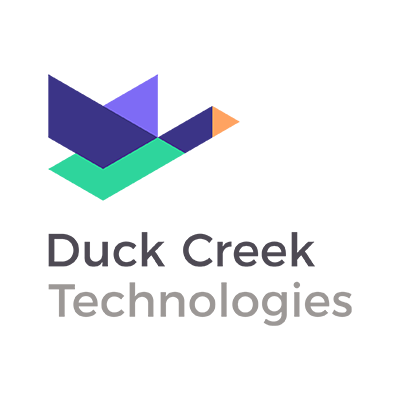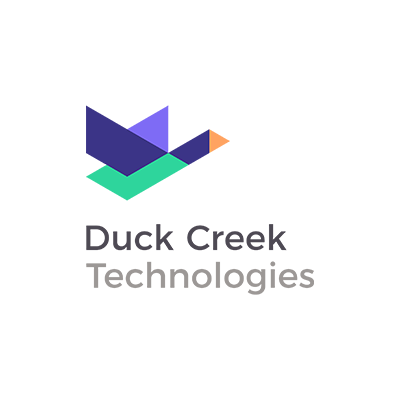 The Internet of Things (IoT) is changing the nature of risk assessment in real time. As more and more devices begin transmitting information about their locations, movements, and patterns of use, a wealth of data is accumulating about the environmental and human factors that contribute to the likelihood of a loss event taking place. It’s an embarrassment of riches from an actuarial standpoint, but the data is proliferating so rapidly, and from so many sources, that one could be forgiven for feeling overwhelmed by the challenge of putting it all to good use.
The Internet of Things (IoT) is changing the nature of risk assessment in real time. As more and more devices begin transmitting information about their locations, movements, and patterns of use, a wealth of data is accumulating about the environmental and human factors that contribute to the likelihood of a loss event taking place. It’s an embarrassment of riches from an actuarial standpoint, but the data is proliferating so rapidly, and from so many sources, that one could be forgiven for feeling overwhelmed by the challenge of putting it all to good use.
Some insurers have been slow to adapt, and though there are some challenges, there are numerous extraordinary benefits of leveraging IoT data for insurance. In this post, we’ll explore those opportunities and challenges. We’ll also provide you with tips and best practices on how to get started with IoT.
Potential IoT Insurance Data Challenges
Even though insurers have made significant progress, here are some challenges to keep in mind when it comes to the capabilities and execution of IoT solutions, including:
Data Management & Ownership
One of the biggest challenges is the sheer variety of data sources. IoT data comes to the world of insurance in myriad forms – from driving habits revealed by onboard diagnostic systems to utility consumption patterns gathered by “smart” thermostats and meters. All of it is potentially valuable, but it comes in disparate formats and from different providers. Making sense of it and extracting real value requires a solution that can standardize and rationalize the data.
For the successful insurer of tomorrow, this will demand the ability to “distill” that high-volume, raw data into meaningful nuggets, such as scores, factors, and indicators. Core systems then can integrate and use that data from an ever-broadening variety of sources in a centralized system capable of translating it all into product development, underwriting, and claims value.
Data has always been king in the insurance industry, but now IoT data for insurance adds another layer. Insurers must process this data efficiently in order to make the right choices for their business, employees, and customers. Plus, there’s the question of data ownership. Does the data belong to the customer or the insurer?
Disruptions to Outdated Models
Legacy systems with outdated models based on historical data and risk probability simply can’t keep up – the world of “the new insurance” will be supported by flexible, modern platforms that can take data from as many sources as necessary, in as many formats as are required, and allow carriers to put the valuable information they extrapolate from the bigger picture into action.
Regulations
The insurance industry is highly regulated, and authorities may have challenges with how to regulate data created by sensors.
Data Security & Fraud
IoT insurance data, just like any other type of data, is susceptible to cyberattacks and fraud, which means insurers need to invest in extremely secure defensive measures and protection.
IoT Opportunities
Despite the potential challenges of an IoT solution when it comes to data, there are numerous benefits for insurers, including:
- Connecting with customers: IoT capabilities can allow for more efficient and frequent interactions with customers. Plus, the data can help insurers target specific customers or groups of customers.
- Preventing claims: Insurers are always aiming to minimize risk because it reduces the money they pay out in settlements.
- Reducing costs and generating revenue: IoT data can help insurers review current models to see what’s working (and adjust pricing as needed) but also allow opportunities to develop new business models, which can increase efficiency. Insurers can also leverage big data analytics for fraud control.
How to Get Started With IoT — Plus Best Practices
What is the best way to get started with an IoT solution? Here are the steps you should take, plus tips and advice on best practices.
- Take your time. Collecting and analyzing customer and geographic data can be a somewhat lengthy process. It’s understandable that you’ll want results right away, but it’s important take your time and be patient. Before you know it, you’ll start to see accumulating data, and trends will emerge.
- Create a proof of concept/pilot program. It’s always important to run a pilot program before implementing any type of new technology. You can focus on one method of data collection in order to see what works (and what doesn’t), and focus on improving operations.
- Create a data privacy policy. It’s crucial to ensure that you have a data privacy policy for customers, especially when leveraging IoT. In order to receive customer data, you will need customer consent. Your data privacy policy should explain why you want to collect the data — but also why customers would benefit would agreeing to such a policy. For example, will an accident-free driving record result in a lower insurance premium?
- Reach out to colleagues. Even though technology is useful for insurers, it’s important to remember that employees are a knowledgeable resource who can provide insight, especially when it comes to testing an IoT pilot program.
- Keep personal identifiable information (PII) secure. You want to learn about your customers through their data, but you don’t want to expose their personal information.
- Reevaluate existing systems. Make sure you have the right infrastructure to support an IoT solution. If you don’t, figure out what needs to be updated.
- Define application areas. Insurers should think about applications that customers are willing to use, but also which application areas have untapped possibilities.
- Lock in strategic partnerships. Picking the right partner is an important part of an efficient IoT solution. A tip: Reach out to potential partners early, and make sure they’re involved from the beginning.
- Ensure scalability. Insurers can make themselves more attractive as a potential partner by offering the ability to scale.
- Plan for the long term. The IoT landscape is still evolving, which means it’s important for insurers to maintain a long-term perspective and build capabilities now to expand markets and develop enhanced services in the future.
While some insurers have been slow to adapt, the extraordinary benefits of leveraging IoT data for insurance far outweigh the challenges of managing and securing the data. Now is the time to assess your operation to determine how to best harness the flood of valuable data. Contact us today to learn more.





